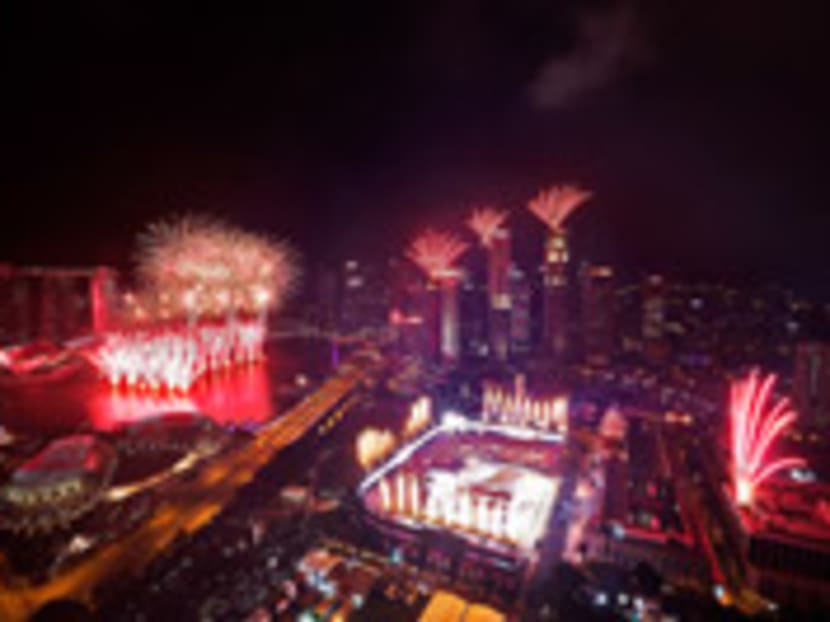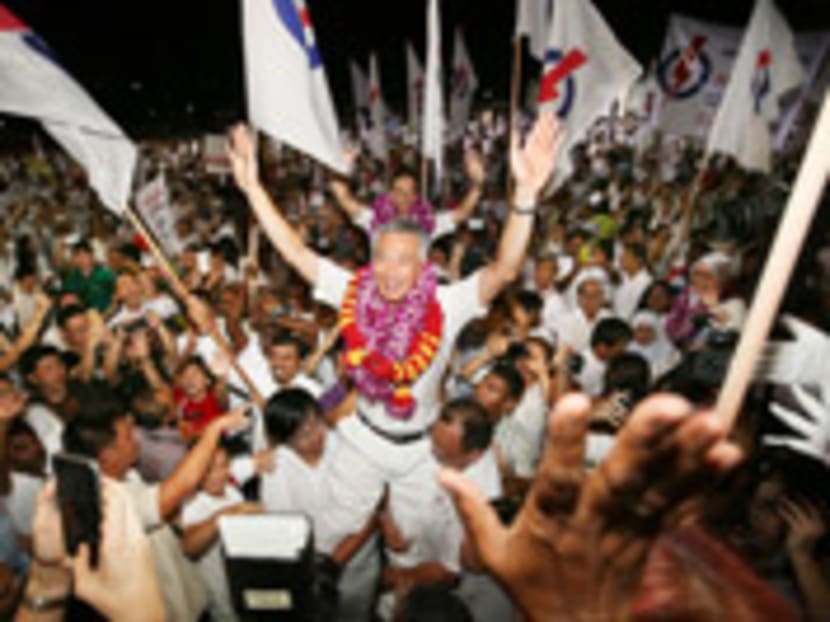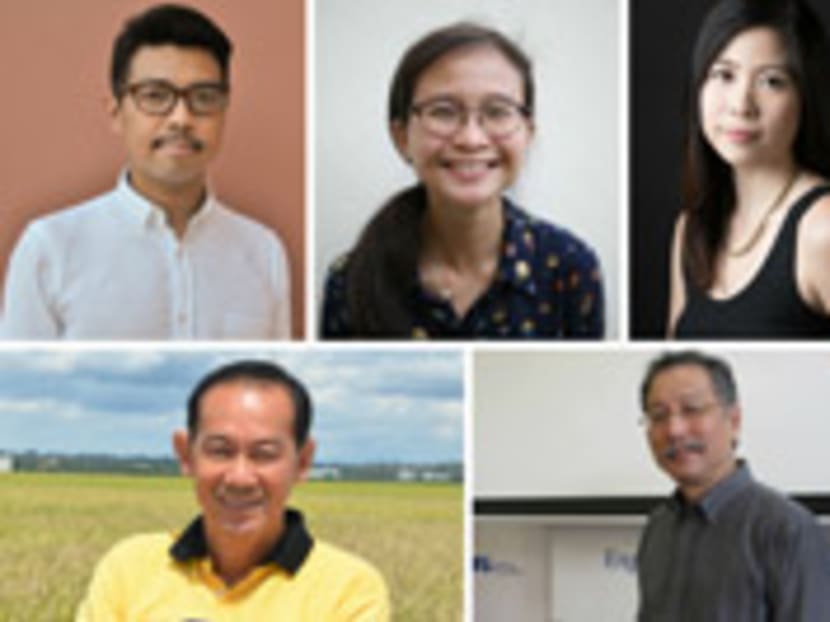SG50: A milestone in building the Singaporean identity
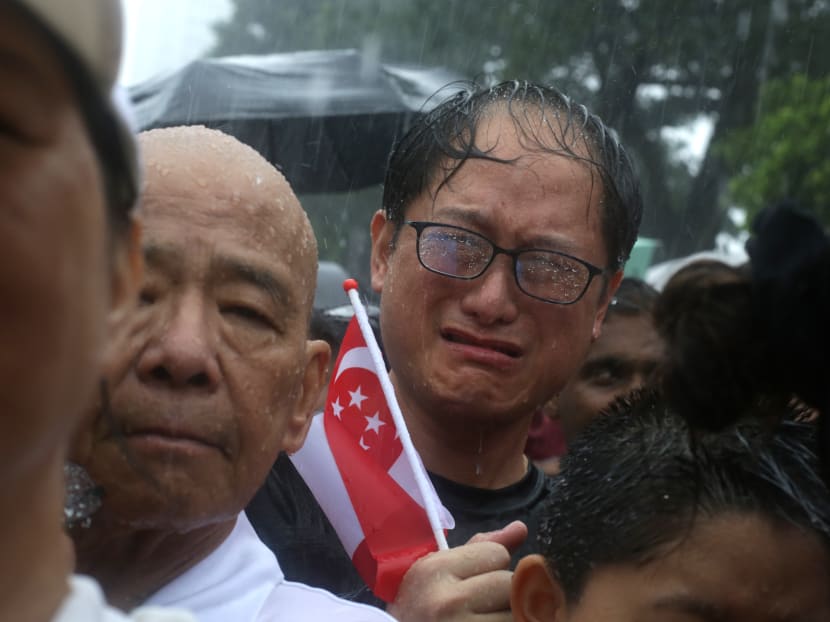
A mourner drenched in rain waits for the funeral hearse of Singapore's first Prime Minister Mr Lee Kuan Yew. Photo: Wong Pei Ting
SG50: A milestone in building the Singaporean identity
Events in Jubilee year show there is reason to be confident of bright future if people stand as one
Siau Ming En and Valerie KohSiauMingEn [at] mediacorp.com.sg"">SiauMingEn [at] mediacorp.com.sg and ValerieKoh [at] mediacorp.com.sg"">ValerieKoh [at] mediacorp.com.sg Published: Monday, 4 January 2016
Entering 2015, few could have imagined how momentous the year would turn out to be.
The jubilation, national pride and fresh aspirations of the people on the occasion of Singapore’s milestone 50th year of independence were anticipated. What were not were several other events that pulled together the nation; some, due to collective anguish.
The joyous celebrations under the SG50 banner were punctuated early in the year with the ailing health, then death, of founding Prime Minister Lee Kuan Yew. The unparalleled extent of national grieving and solidarity had hardly receded when the Republic had to grapple with one of its worst national tragedies in recent memory when an earthquake hit Sabah, killing 10 Singaporeans.
A sense of hope was stirred shortly after in an emotional National Day Parade. Amid the triumphant atmosphere of Singapore’s biggest birthday bash, Singaporeans reminisced with pride about their forefathers’ achievements in the previous half-century and dared to dream of a brighter future.
Just over two weeks later, the elections were called. The Opposition went on the offensive, contesting every single seat — a first since Independence. Singaporeans responded, handing the People’s Action Party (PAP) a resounding 69.9 per cent margin, heralding a new and crucial chapter in local politics of transition to fourth-generation leadership.
Even the annual haze episode was out of the ordinary, dragging on for longer than usual. Singaporeans’ frustrations with the choking smog came to a head and they banded together to send a message to the companies responsible for the health hazard by forcing their products off the shelves.
One after the other, these events each left a mark, be it through demonstrating the “underlying potential for solidarity”, as one analyst put it, or bringing the growing realisation of this little red dot’s vulnerabilities to the fore.
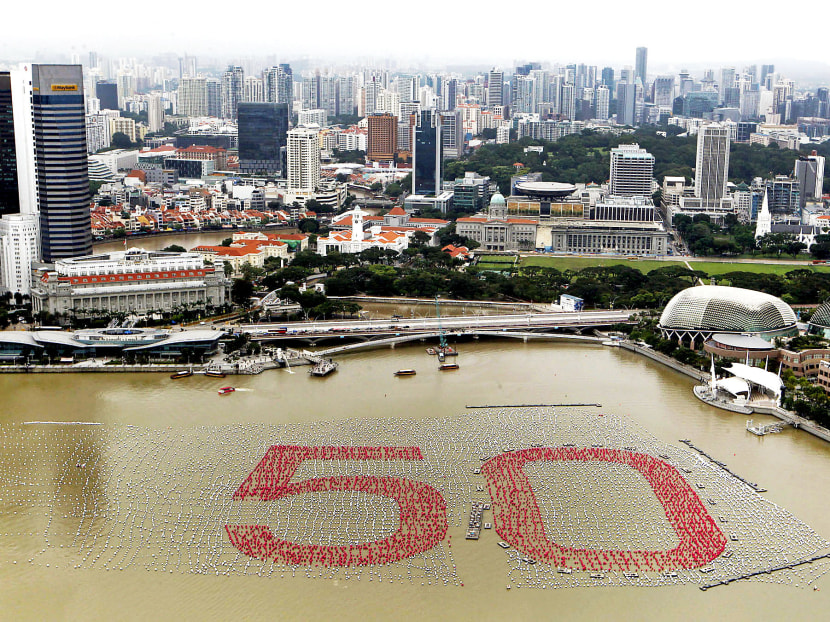
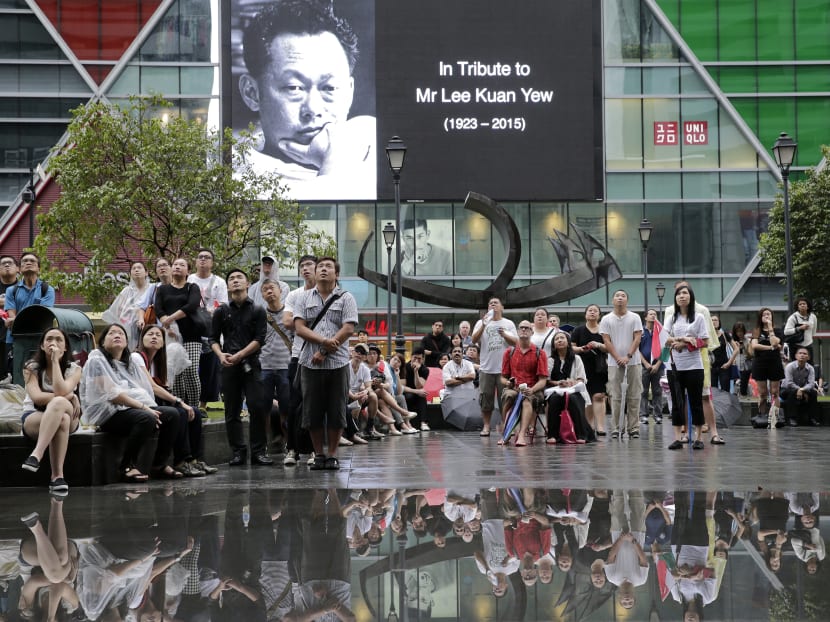
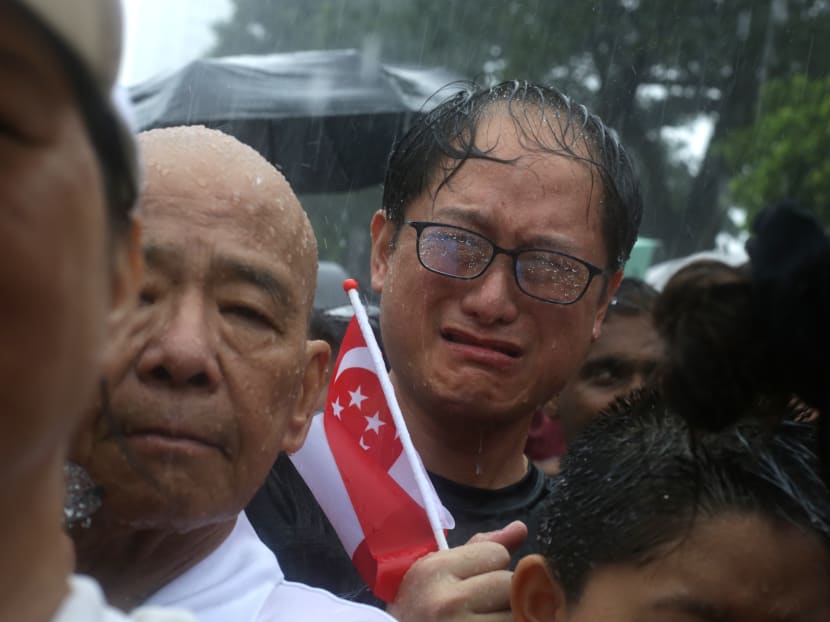
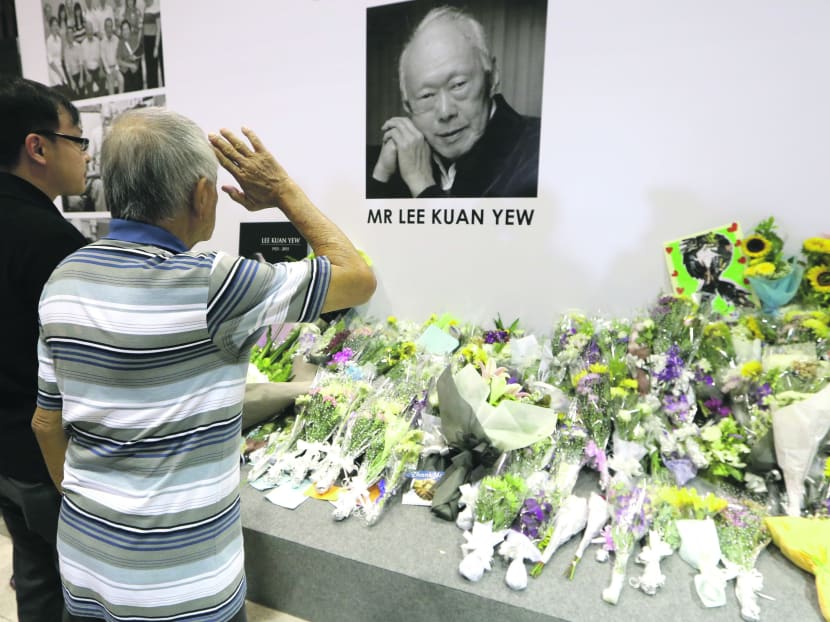
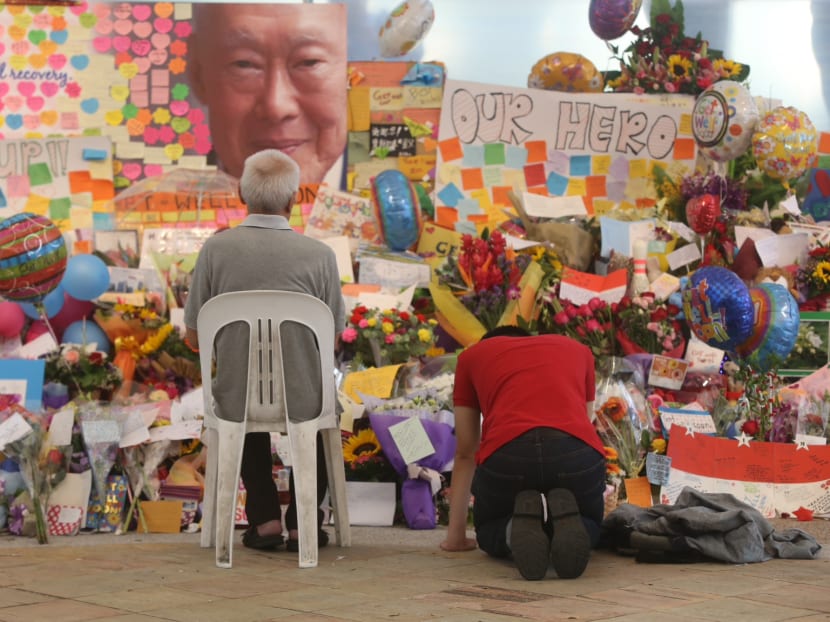
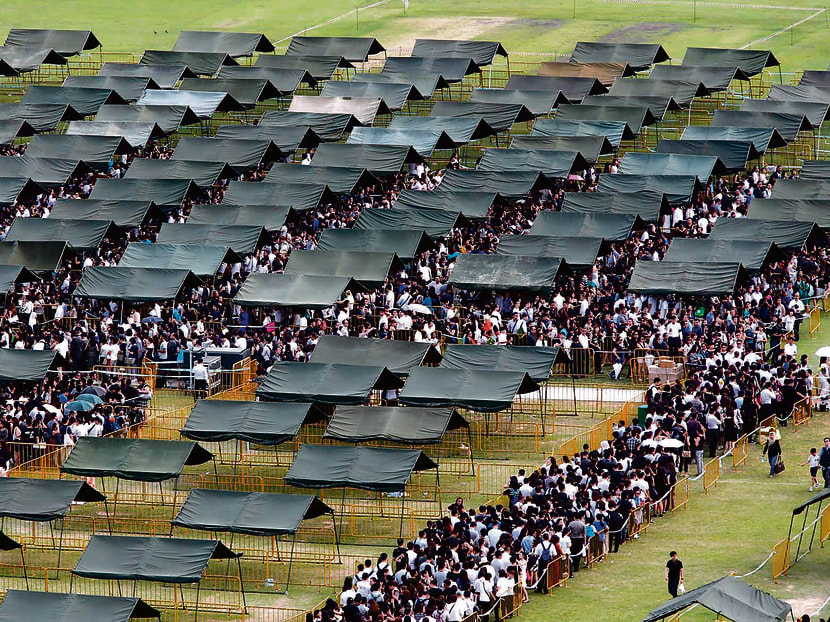
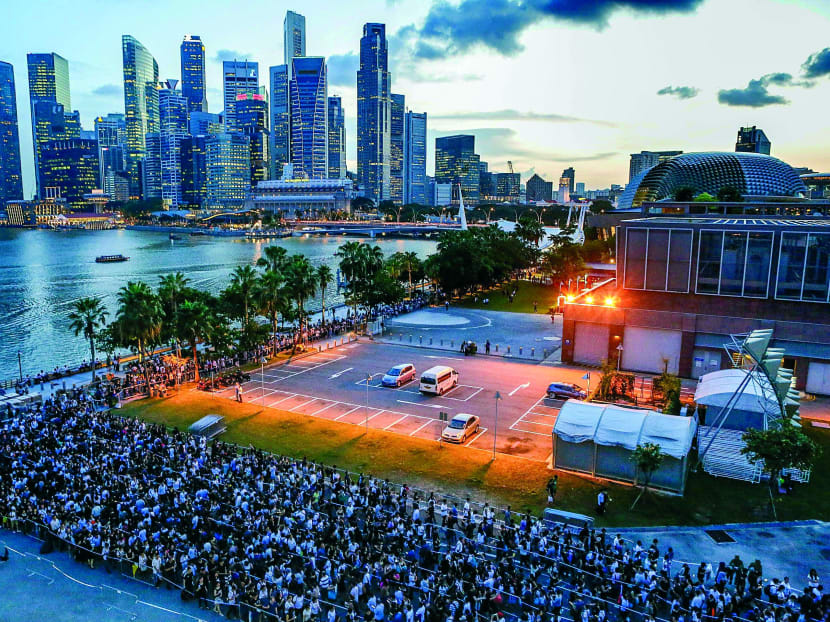
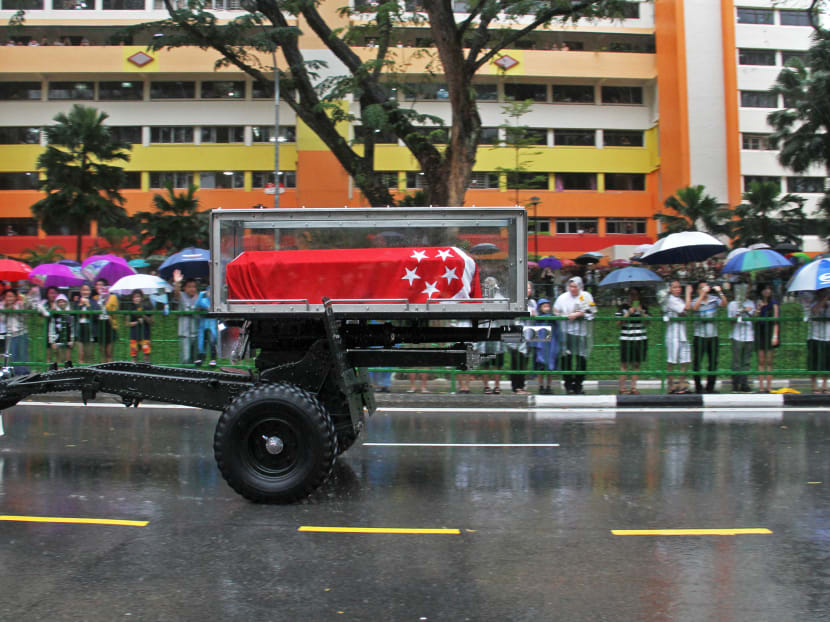
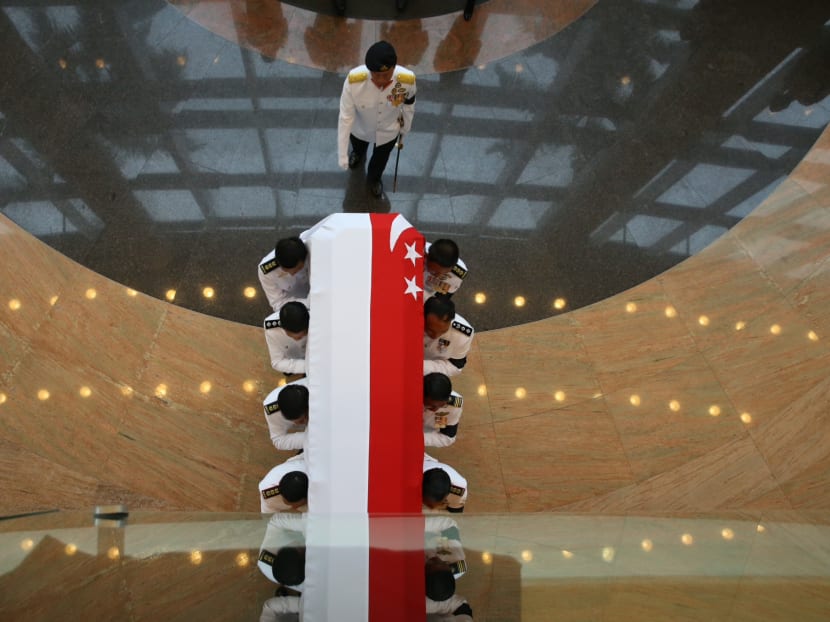
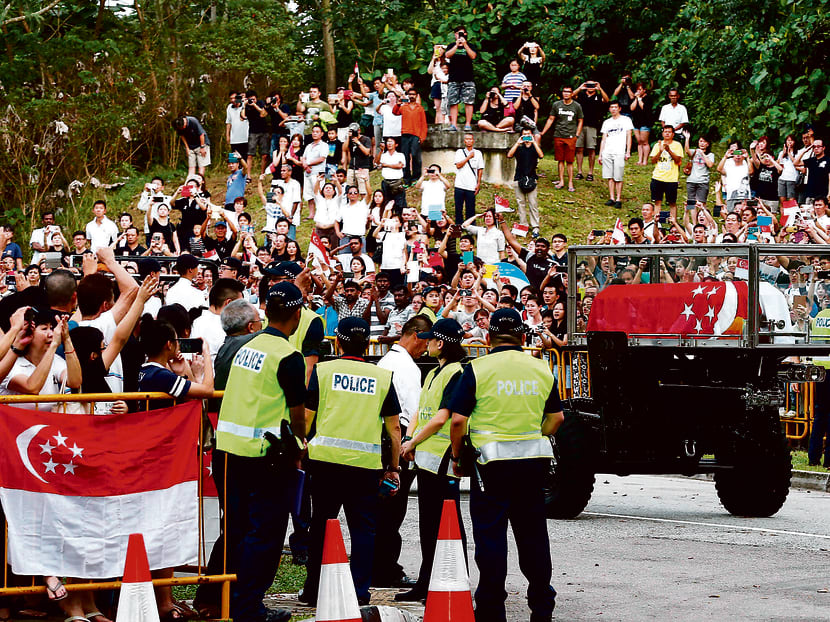
On Feb 21, the news that Singapore’s first Prime Minister, Mr Lee Kuan Yew, was on mechanical ventilation in the Intensive Care Unit at Singapore General Hospital was made public — more than two weeks after he had been admitted on Feb 5 for severe pneumonia. Very quickly, well-wishers surged forward en masse, leaving flowers, cards and candles strewn across the hospital’s courtyard.
Dr Tan Ern Ser
NUS sociologist“In death, (Mr Lee) became... a national symbol far above the mundane everyday life and whatever differences that may be found among people... The outpouring indicates that Singaporeans are capable of reaching out towards one another, upholding a common identity... The outpouring suggests an underlying potential for national solidarity.”
Even as people steeled themselves for the inevitable, the announcement of Mr Lee’s death on a Monday morning on March 23 still felt surreal. Addressing the nation at 8am, Prime Minister Lee Hsien Loong said he was “grieved beyond words” by his father’s death at 3.18am that day.
“The first of our founding fathers is no more. He inspired us, gave us courage, kept us together and brought us here ... We won’t see another man like him,” he said.
That day, Singaporeans kept the news on and read about the late Mr Lee’s story in the media. Seven days of national mourning were declared, during which solemn music piped through the airwaves throughout the day and documentaries on the late Mr Lee’s contributions to Singapore were played on loop.
Hundreds of thousands went to pay their last respects at the Istana and the 18 community tribute centres across the island — a scale that caught even the committee behind the state funeral off-guard. Queues snaked for miles but people braved the blazing sun for eight hours or more at times, to say their last goodbyes. In grief, an unprecedented show of fraternity shone through, with strangers taking care of one another during the wait, handing out paper fans, food and drinks paid for from their own pockets.
“In death, (Mr Lee) became ... a national symbol far above the mundane everyday life and whatever differences that may be found among people,” said National University of Singapore sociologist Tan Ern Ser. “The outpouring indicates that Singaporeans are capable of reaching out towards one another, upholding a common identity ... The outpouring suggests an underlying potential for national solidarity.”
Dr Kang Soon Hock
Head (Social Science Core), UniSIM’s School of Arts and Social Sciences“That week was a significant historical epoch and will stay with each and every person who witnessed the week of national mourning... In that week, we as a nation progressed a little more... We became more aware of our shared values and strengthened our national identity. ”
Indeed, in his New Year message for 2016, PM Lee cited the State Funeral as one of his most memorable moments of last year, when Singaporeans lined the streets in the thunderstorm for hours just to see the gun carriage bearing the cortege for fleeting seconds. People were “drenched, grieving, but not downcast”, said PM Lee. “We were one people, grateful for what our pioneers had achieved, resolved to take Singapore further forward.”
Added Dr Kang Soon Hock, Head (Social Science Core) at UniSIM’s School of Arts and Social Sciences: “That week was a significant historical epoch and will stay with each and every person who witnessed the week of national mourning.
“In that week, we as a nation progressed a little more. We became more aware of our shared values and strengthened our national identity.”
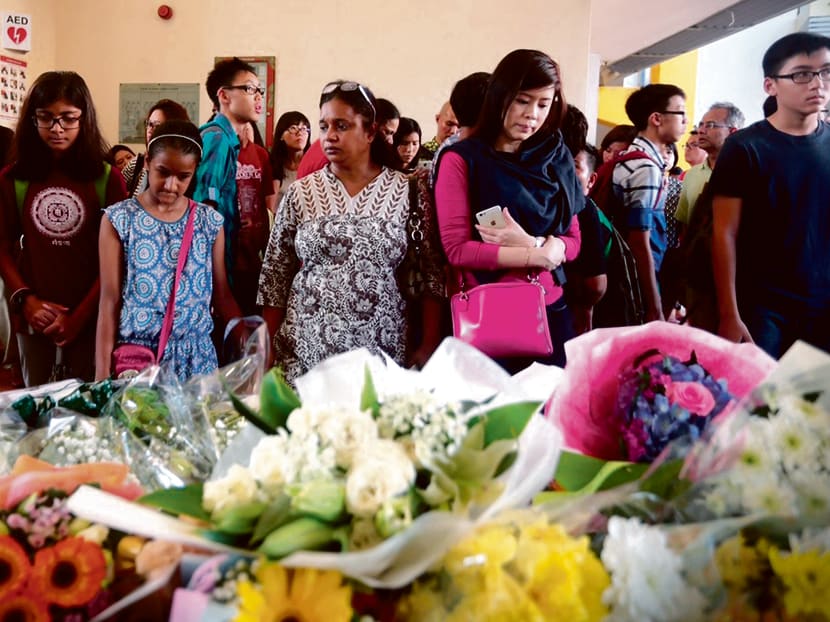
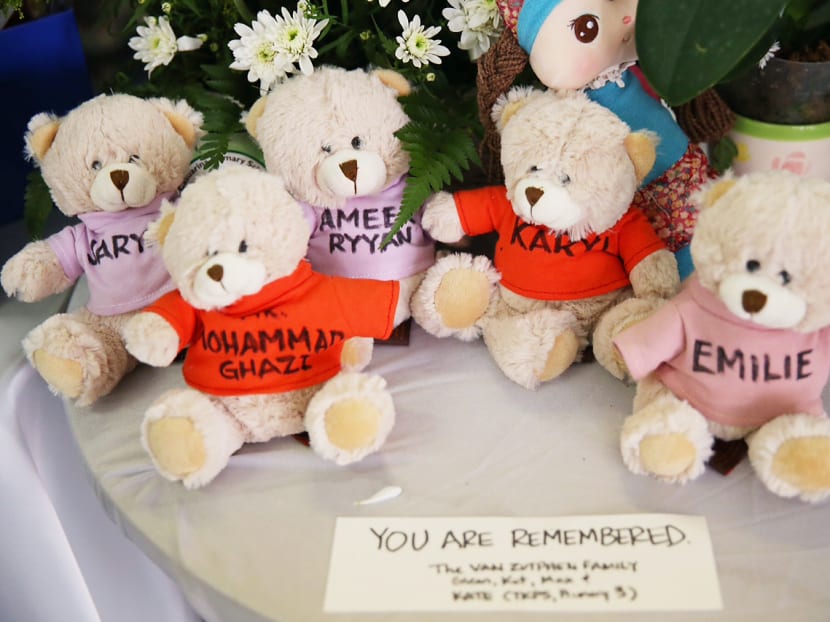
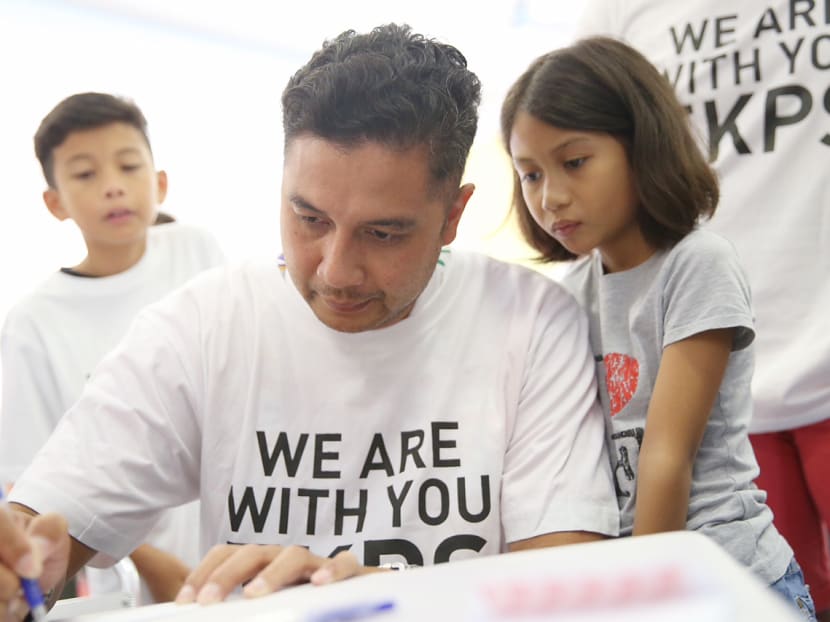

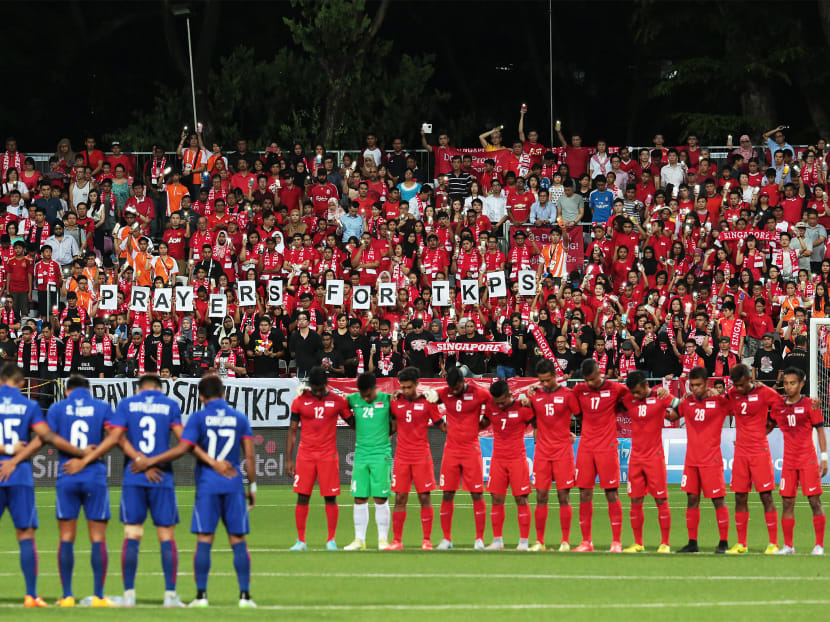
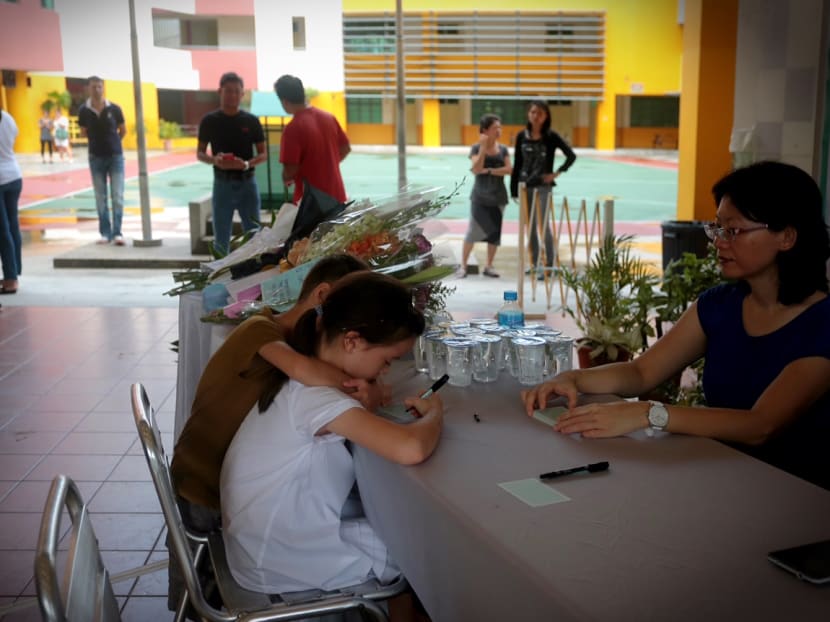
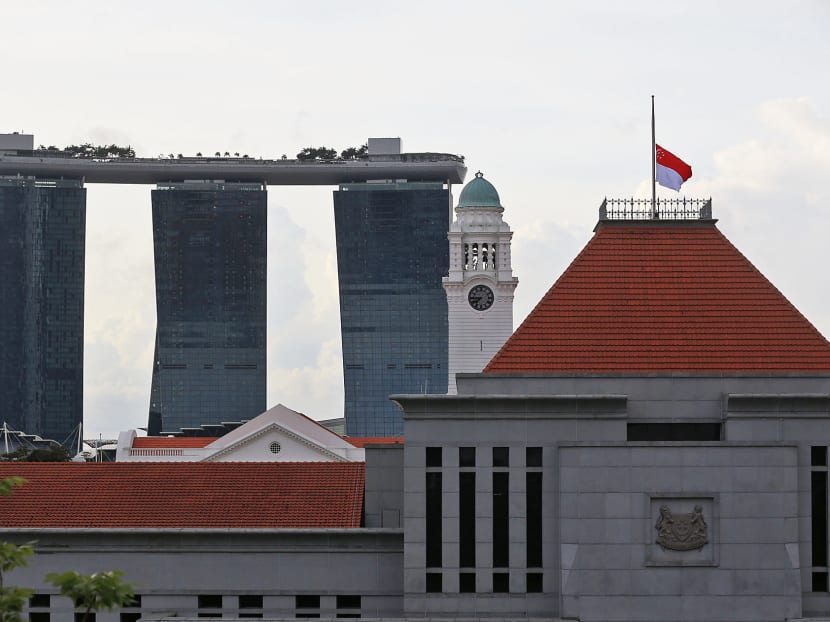
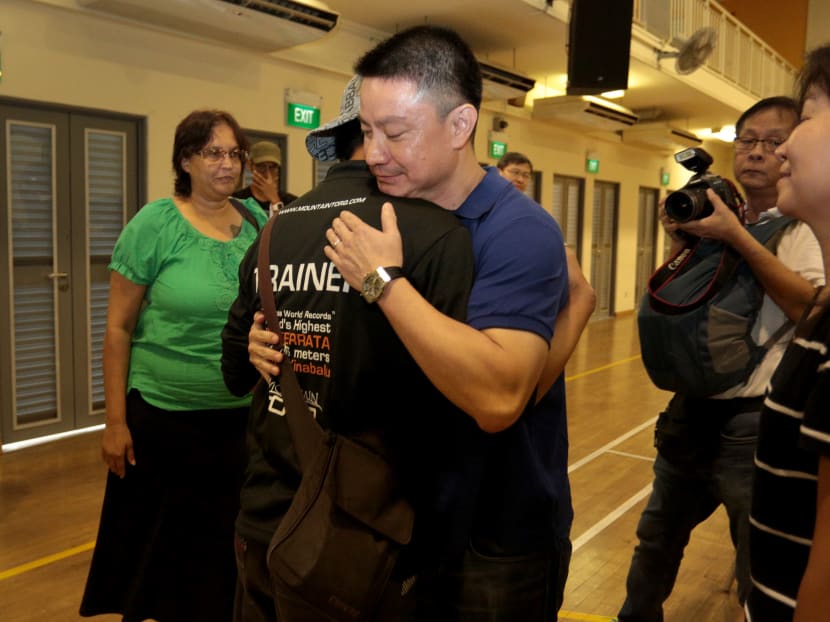
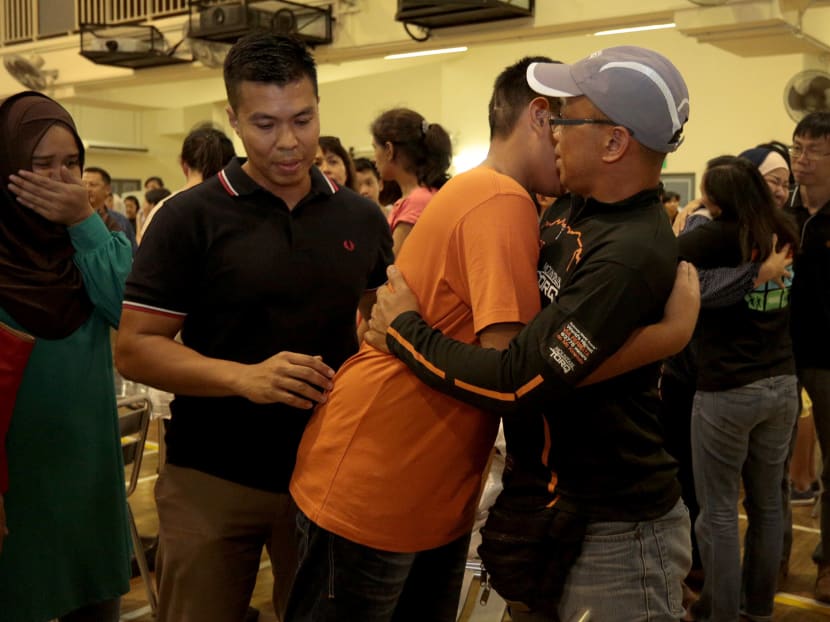
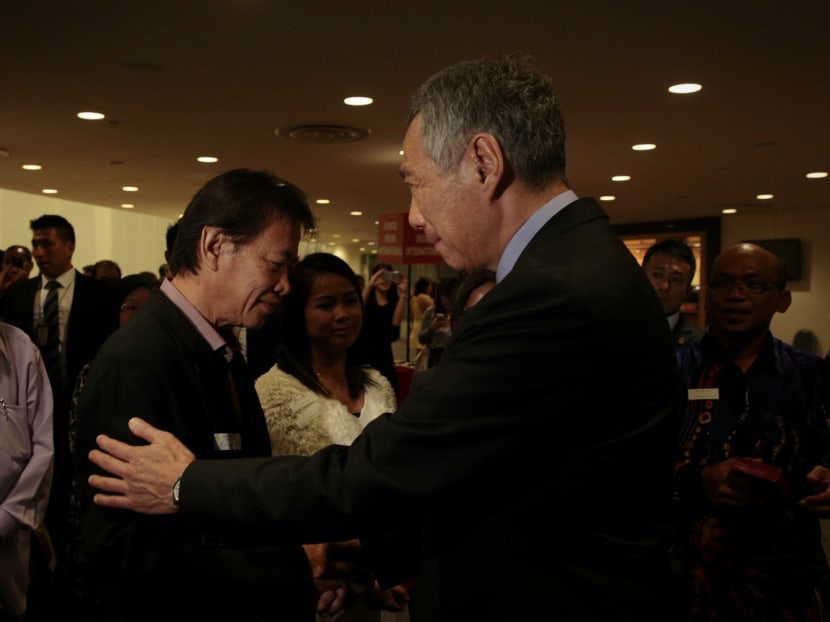
Just slightly over two months later, on June 5, tragedy struck again. A 6.0-magnitude earthquake hit Sabah, Malaysia, killing seven Primary Six students and two teachers from Tanjong Katong Primary School (TKPS), as well as an adventure guide accompanying them on an expedition to Mount Kinabalu. It was one of the worst disasters Singapore had had to surmount since the 1986 collapse of Hotel New World. A day of National Remembrance for the victims was declared.
Again, Singaporeans stuck together to lend one another support. Past and current students and teachers of the school were joined by members of the public in mourning their loss at TKPS. They left well-wishes, prayers and condolences dedicated to the deceased on cards, parents volunteered to man the tribute corner set up in the school, and national athletes competing in the South-east Asian Games going on at that time turned up to show support.
“Singapore is a small nation and, as such, any tragedy that happens to any group of Singaporeans will be felt throughout the nation,” said Dr Mathew Mathews, Institute of Policy Studies (IPS) senior research fellow.
Dr Mathew Mathews
Institute of Policy Studies (IPS) senior research fellow“Singapore is a small nation and as such, any tragedy that happens to any group of Singaporeans will be felt throughout the nation...The different ceremonies and awards connected to the deaths helped Singaporeans to come back to the core of what we believe in — the value of every Singaporean.”
In the bereavement, what stood out for many were accounts of the bravery the teachers and guides showed when they used their own bodies to shield their charges from the rocks tumbling down that day. Subsequently, National Day awards were given to 16 people for their role in guiding students to safety during the disaster. Five teachers and camp instructors received posthumous awards. The 29 students on the trip — including the seven who lost their lives — were also honoured through the TKP Braveheart Award.
Dr Mathews added: “The different ceremonies and awards connected to the deaths helped Singaporeans to come back to the core of what we believe in — the value of every Singaporean.”
For all the lows, the year had many highs as well.
The Singapore Botanic Gardens was bestowed UNESCO World Heritage Site status. Camaraderie and national pride was on display as Singaporeans cheered on the athletes representing the nation at the SEA Games.
But the most triumphant moment of the year was the National Day Parade, the highlight of celebrations spread through the year for Singapore’s Golden Jubilee.
Close to 250,000 people turned up for the party. Apart from the spectacular flypast and mobile columns, the parade stood out from the rest with a palpable sense that Singapore had reached a milestone. Some were nostalgic while others felt immense pride at how far the nation had progressed.
The takeaway, said experts, came from reflecting on what the country and its people had overcome and showed people there is reason to be confident of a bright future, if everyone stood together as one.
In an interview to take stock of the celebrations, Finance Minister Heng Swee Keat, who chaired the committee overseeing the SG50 activities, said it was about appreciating Singapore’s past and inspiring Singaporeans to think about its future. He added that the “Singapore spirit” that had been drawn out has to be strengthened as the country thinks about its future.
So, some S$10 million was given out to fund more than 400 ground-up initiatives to mark SG50, double the initial amount that was set aside in May. Projects ranged from pop-up carnivals that got Singaporeans to share home-cooked food, to a Singapore heritage short-film competition. The capstone event was the Future of Us exhibition, where Singaporeans imagined their lives in the future.
Assoc Prof Eugene Tan
SMU law don“We defied the odds, and that’s in our national DNA and our national narrative, and we can look ahead with confidence and inspiration... We have earned our place and standing in the global community of nation-states.”
Singapore Management University law don Eugene Tan noted that the SG50 celebrations were about knowing our roots and “appreciating the strengths and weaknesses of our journey as a fledgling nation state”. Singaporeans saw that they could and should remain optimistic and upbeat about the nation’s future, he said.
“We defied the odds, and that’s in our national DNA and our national narrative, and we can look ahead with confidence and inspiration,” said Associate Professor Tan. “We have earned our place and standing in the global community of nation-states.”
Be that as it may, Singapore cannot afford to be complacent, he added. “If we think that we have arrived, then we are in trouble. It might be a cliché to say we will always be a work-in-progress but nation-building is not completed whether in 50 years or even 500 years,” he said.
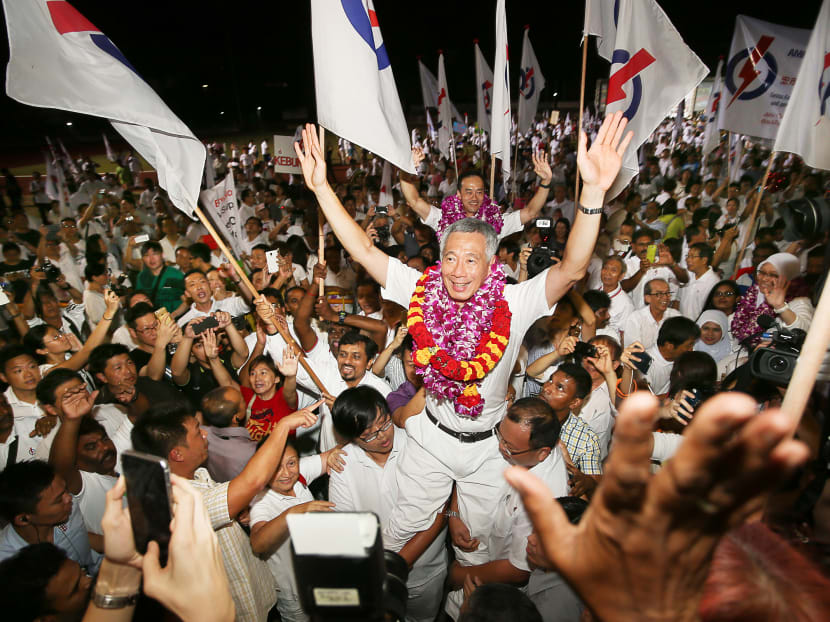
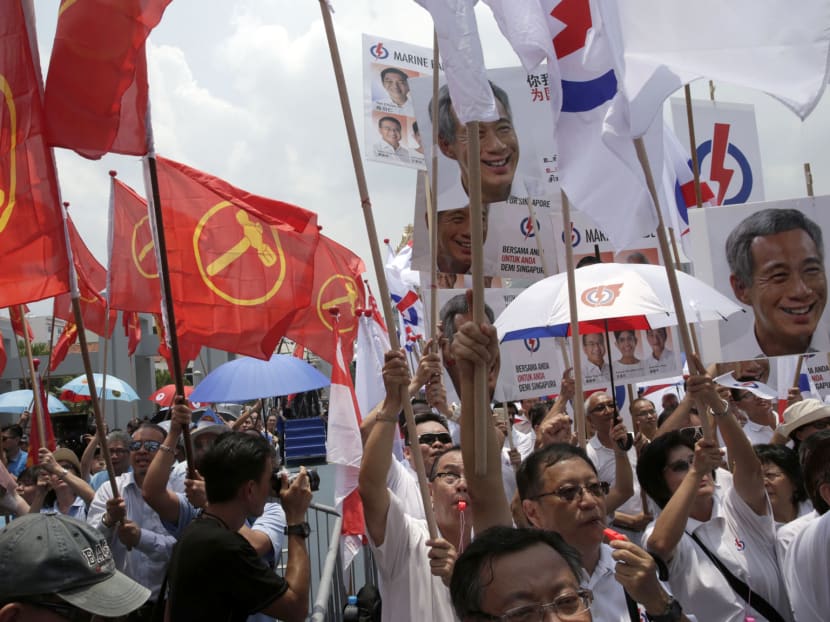
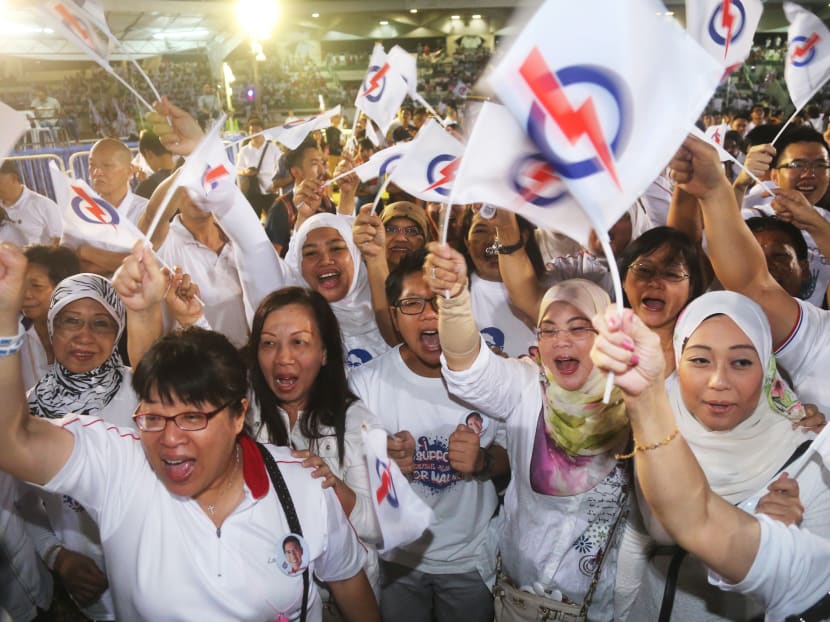
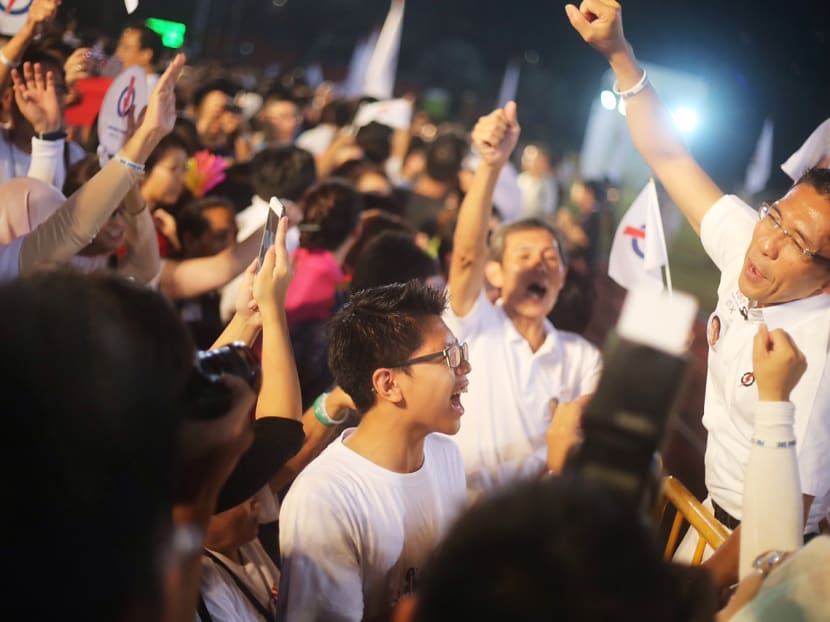

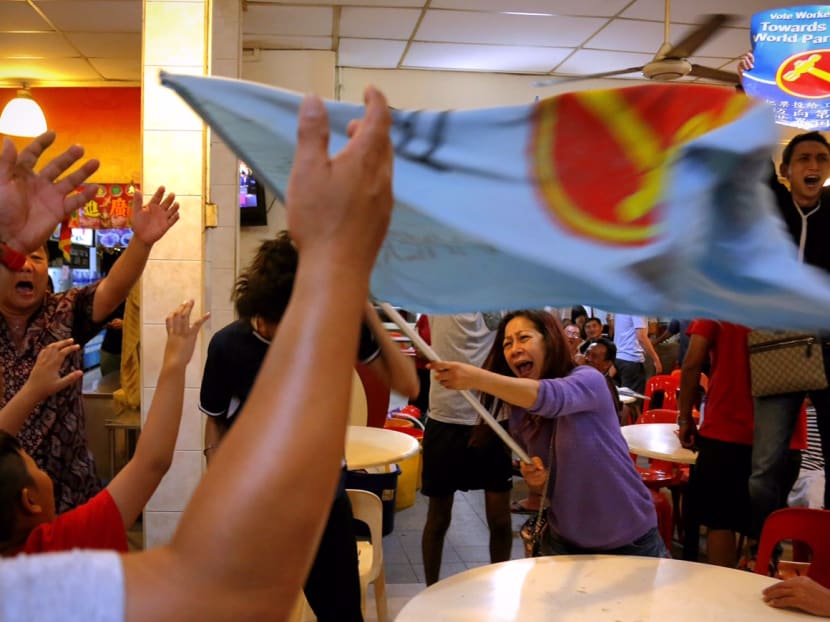

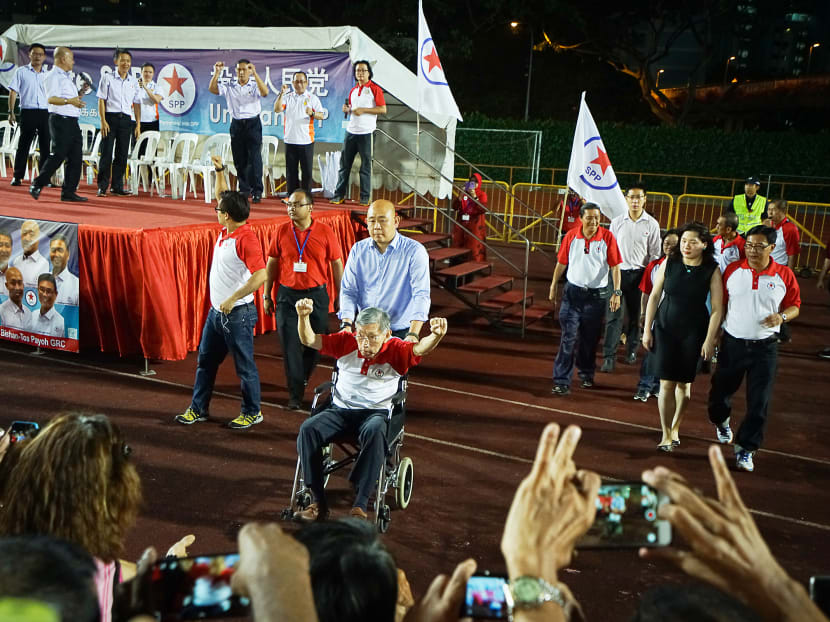
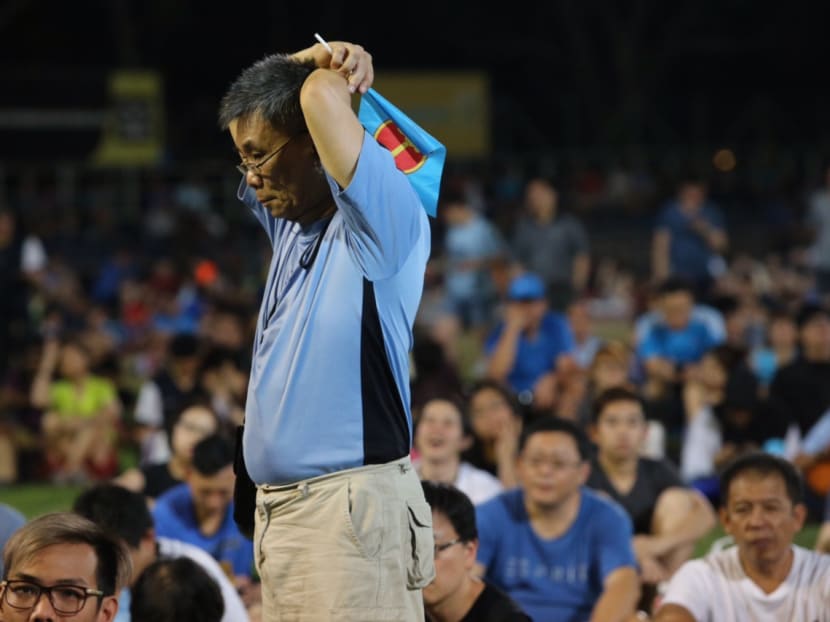
After General Election 2011, pundits talked of a “new normal” following the first ever victory in a Group Representation Constituency by an opposition party. In the ensuing years, the Government ploughed into addressing the pain-points flagged by the electorate then. Nevertheless, opposition parties were buoyed into launching contests in all 89 seats — a first, since Singapore’s independence — when PM Lee called for elections on Aug 25.
During the nine-day hustings, the ruling PAP emphasised the importance of leadership succession in this election. On Sept 11, voters gave their decision on who they wanted to take Singapore forward: The ruling People’s Action Party secured a landslide victory by sweeping 83 out of the 89 seats, narrowly missing out on regaining the Aljunied constituency. Its 69.9 per cent popular vote share was also its best since the 2001 General Election.
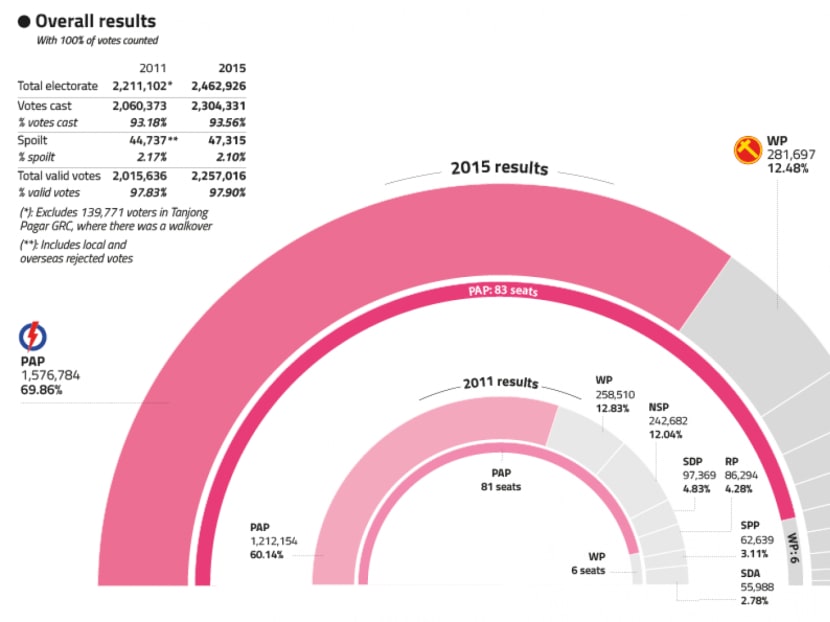
A two-week survey conducted by the IPS found that the swing likely came from the middle- and higher-income earners’ support for the ruling party. This was a deviation from this group’s desire for more political pluralism in the electoral system in the previous GE.
Assoc Prof Tan said the combined effect of losing a “revered founding father and celebrating a phenomenal 50 years of rapid development and progress” probably had a knock-on effect on voters when they headed to the polls. While the impact of these events did not necessarily unify people, they “certainly enhanced the sense and pride of being Singaporean”, he added.
“These were momentous events at opposite ends of the spectrum — a real low and a real high — and they enabled Singaporeans to gain a better understanding of who we are and how far we’ve come since 1965,” said Assoc Prof Tan.
Agreeing, Dr Alan Chong from the S Rajaratnam School of International Studies said “SG50 became like a common binder for all our loyalty”, noting that residual unhappiness with certain issues, such as transportation and housing, were overshadowed when people cast their votes.
IPS senior research fellow Gillian Koh added that the GE had the potential to divide people, but instead, Singaporeans rose above the politics to “re-commit themselves to the idea of Singapore in their different fields and walks of life”.
“Especially with the SG50 events, they helped to address or rally people around each other or different aspects of the country. It wasn’t just one or two key events; everyone had their little SG50 celebrations together to celebrate the shared heritage,” she added.
NUS’ Dr Tan also felt that the death of Mr Lee reminded Singaporeans of “not taking things for granted, and that good governance matters”.
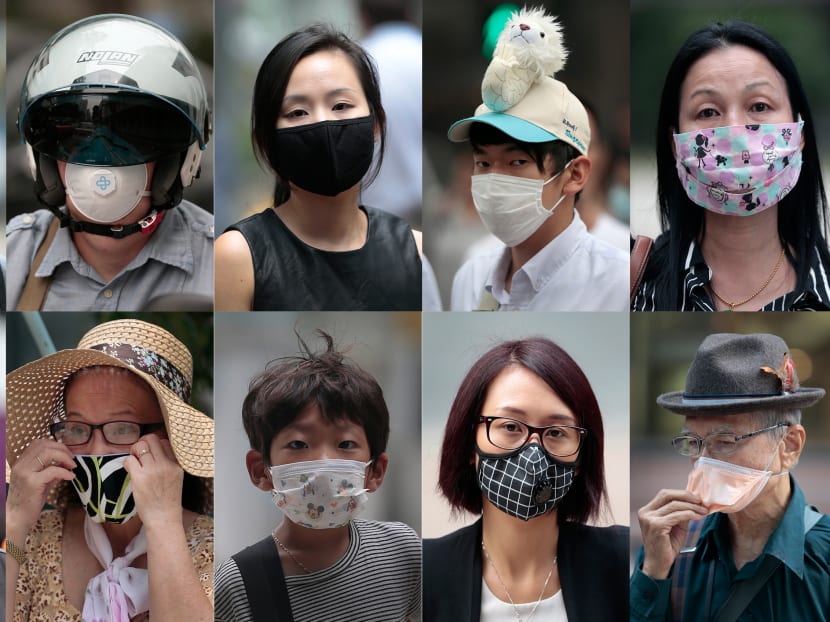
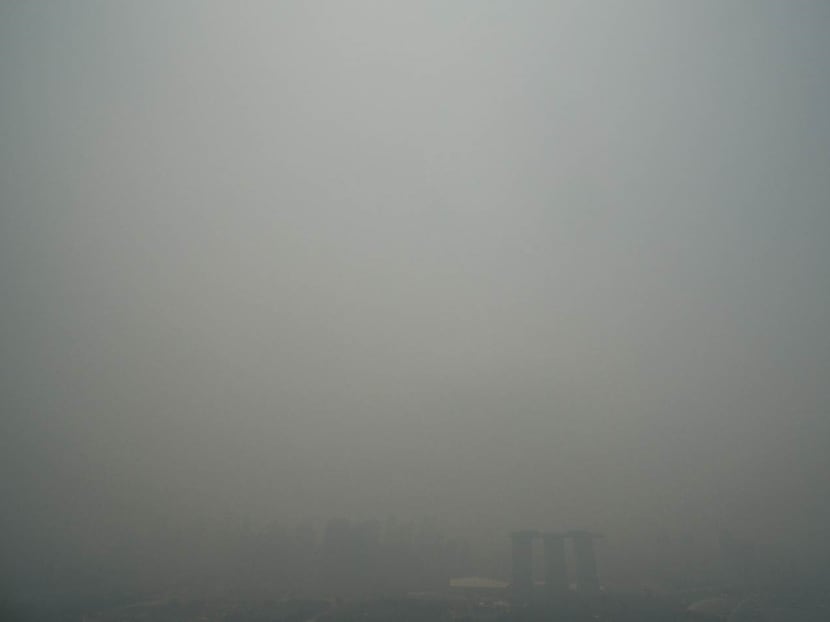
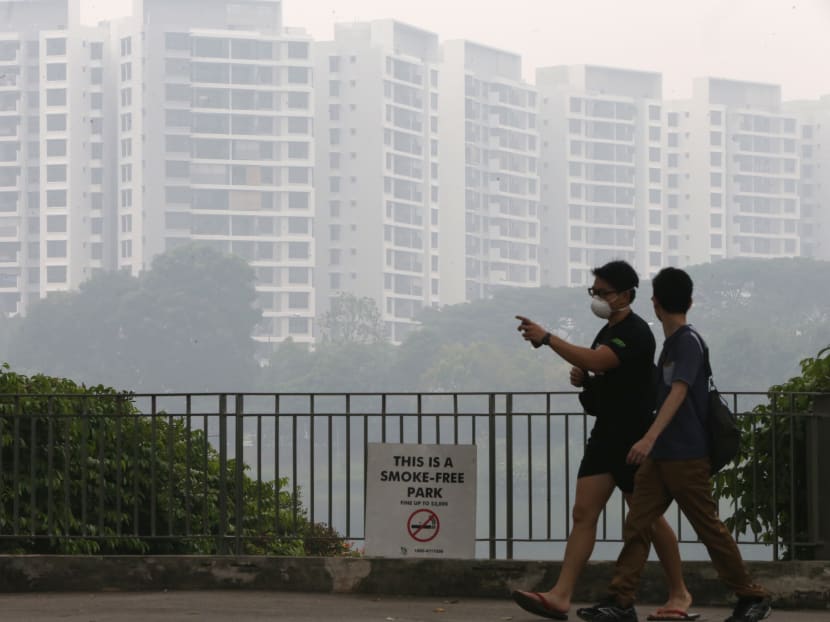
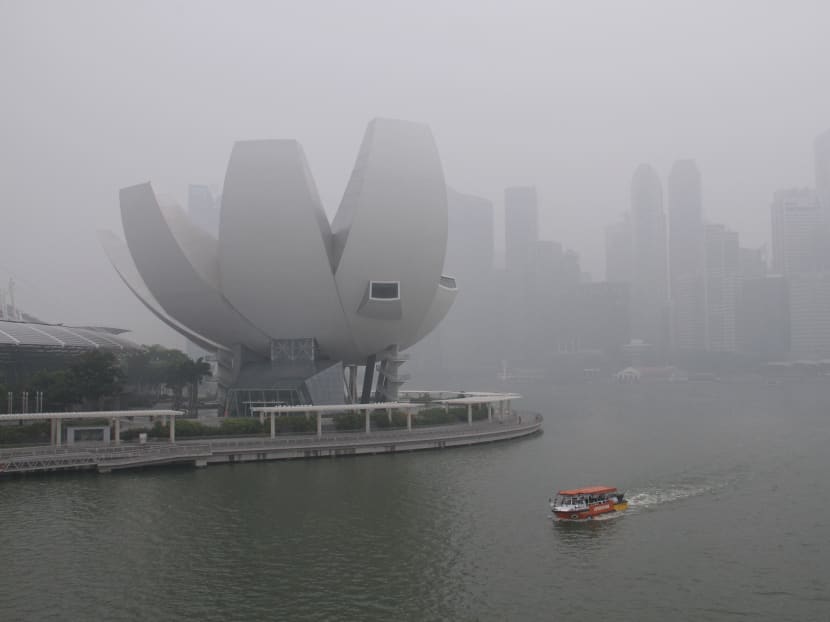
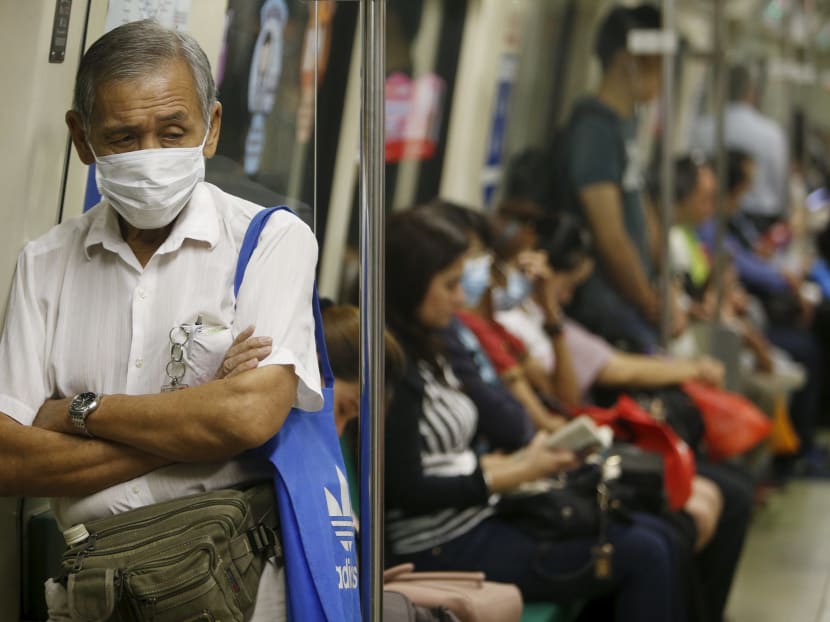
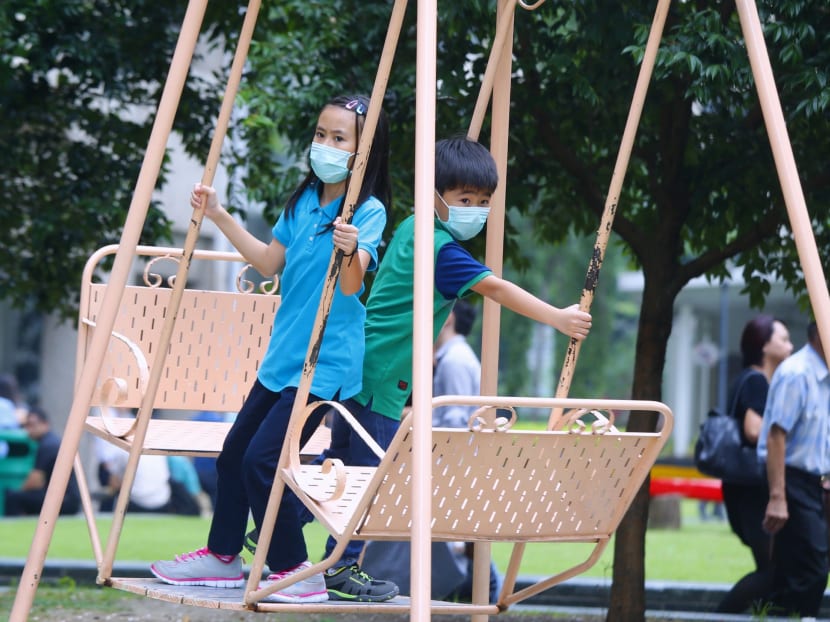

As early as July, the all-too-familiar whiff of acrid smoke returned to Singapore skies. In September, primary and secondary schools were shut for a day, given the risk of air quality entering hazardous levels. The following month, one-hour PM2.5 readings also shot to a record high of 471. PM2.5 refers to fine particulate matter found in the haze, of which long-term regular exposure could lead to complications such as lung cancer or heart disease.
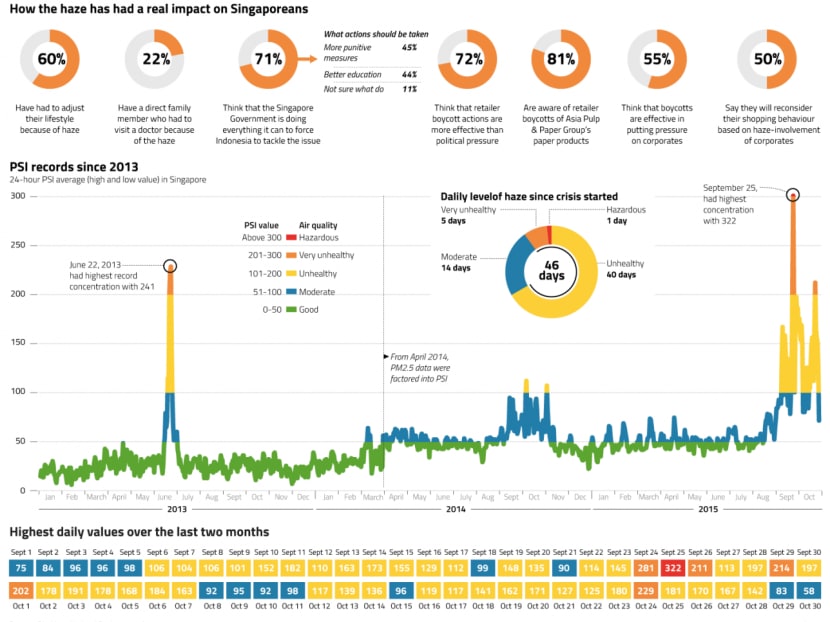
These landmark moments in a prolonged haze episode last year sparked activists to take action in an unprecedented manner, even as Singapore wielded the Transboundary Haze Pollution Act for the first time since the law was passed in 2014, serving “preventive measure notices” to companies deemed responsible for the dense haze.
“In the past, the haze came and went. This time round, it lasted longer and was more serious,” said Dr Tan. “The haze is produced by people. It’s not a natural event. As (Singapore is) a country that’s badly affected by it, people felt like they should put a stop to it.”
Assoc Prof Eugene Tan
SMU law down fellow“In the past, the haze came and went. This time round, it lasted longer and was more serious...The haze is produced by people. It’s not a natural event. As (Singapore is) a country that’s badly affected by it, people felt like they should put a stop to it.”
With activist groups lobbying for boycotts and civil suits against companies implicated in the slashing and burning of forests in Indonesia, local retailers such as NTUC FairPrice and Sheng Siong pulled products off their shelves. Asia Pulp and Paper (APP), which has a local office, became the first to be served a notice under the Transboundary Haze Pollution Act, for information on its subsidiaries, and the measures taken by its Indonesia suppliers to extinguish fires on their land.
Five “preventive measure notices” were also sent to Indonesia companies believed to be involved in the burning of land. These notices called upon the firms to deploy fire-fighting personnel to stop fires and discontinue burning activities on their land.
More Stories
